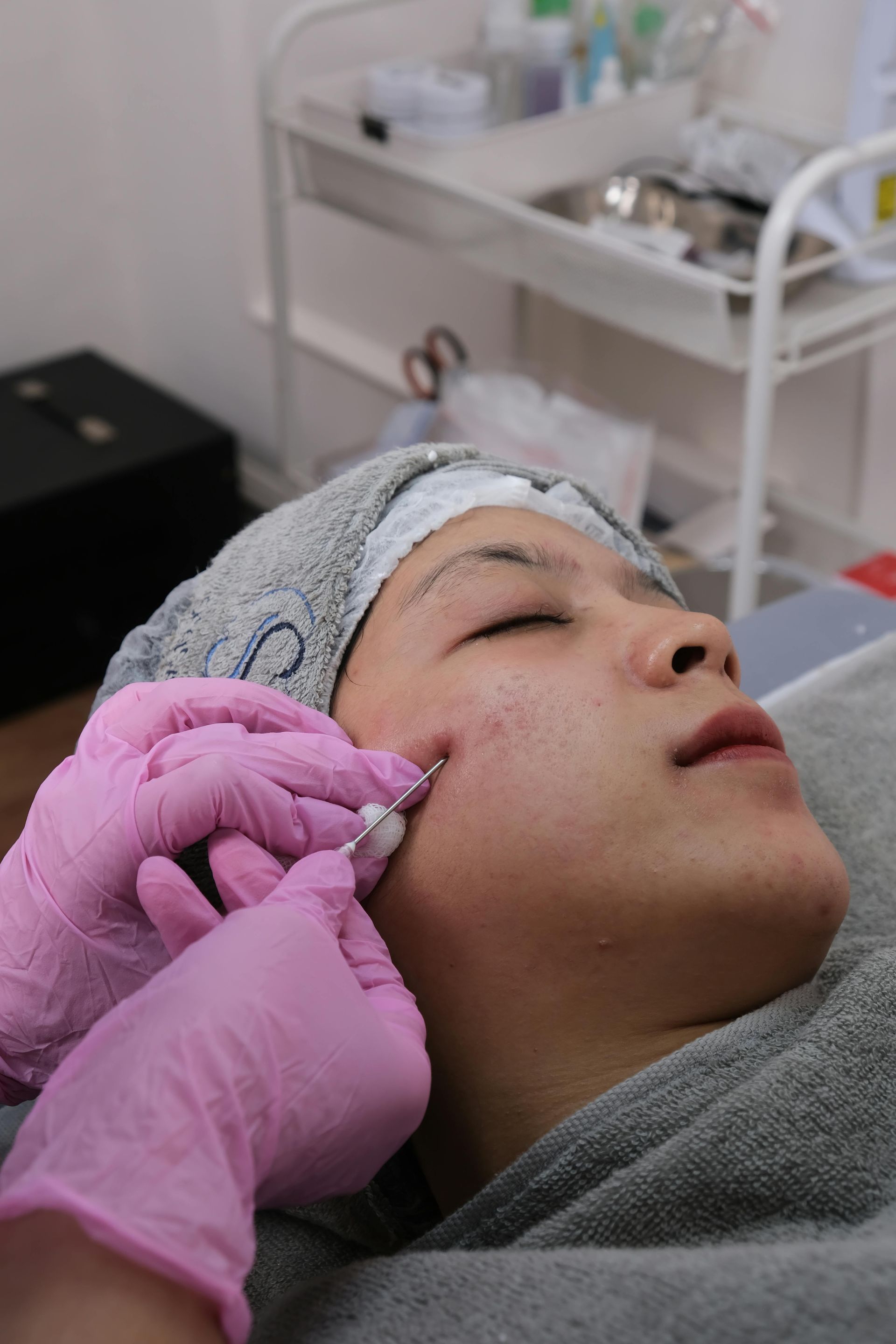Exploring Techniques, Benefits, and How They Work Together for Pain Relief and Mobility

When people think of chiropractors, they often picture spinal adjustments and cracking sounds. However, chiropractic care is much more than just manipulation. Chiropractors are extensively trained in a wide range of therapeutic techniques, including soft tissue therapy, diagnostic assessments, and adjunctive treatments like acupuncture and cupping. In fact, much of what physiotherapists do – such as soft tissue work – falls within the scope of chiropractic care as well.
Beyond the Adjustment: The Soft Tissue Component
Soft tissue therapy is a crucial part of chiropractic treatment. While spinal adjustment (or manipulations) help restore joint mobility and alignment, many chiropractors incorporate soft tissue techniques to address tension, fascial restrictions, and trigger points. These techniques include:
- Myofascial Release - a hands-on technique that reduces muscle tightness and improves range of motion.
- Instrument-Assisted Soft Tissue Mobilization (IASTM) - tools like Graston or FAKTR are used to break up adhesions and scar tissue.
- Trigger Point Therapy - focused pressure is applied to tight muscle knots to relieve pain and improve function.
- Active Release technique (ART) - a movement-based approach that targets overused muscles to restore proper motion and function.
These methods, commonly associated with physiotherapy and massage therapy, are a core part of chiropractic care as well.
Extensive Training & Diagnostic Expertise
Chiropractors undergo rigorous education and clinical training before earning their Doctor of Chiropractic (DC) degree. This includes:
- 4-year post-graduate doctoral program
- Extensive training in anatomy, physiology, biomechanics, and differential diagnosis
- Advanced musculoskeletal and neurological assessments
- Hands-on clinical experience in treating a variety of conditions
Chiropractors are highly skilled in diagnosing musculoskeletal issues and determining the root cause of pain. This diagnostic expertise ensures that patients receive targeted and effective treatment, whether it involves manipulation, soft tissue therapy, or a combination of techniques.
Adjunctive Therapies: Acupuncture & Cupping
Many chiropractors are certified in additional therapeutic modalities such as:
- Acupuncture - a well-researched practice that helps with pain relief, muscle relaxation, and inflammation reduction.
- Cupping Therapy - a technique that promotes blood circulation, reduces muscle tension, and aids in recovery.
By incorporating these therapies, chiropractors provide comprehensive, holistic care tailored to the needs of each patient.
Chiropractors vs. Physiotherapists: Overlapping yet Distinct
While physiotherapists and chiropractors share some treatment methods, chiropractors bring a unique combination of spinal manipulation, soft tissue therapy, and diagnostic expertise to the table. Their ability to assess and treat both joint and muscular dysfunction makes them highly effective in managing musculoskeletal health.
Conclusion
Chiropractic care is not just about adjustments - it’s a full-spectrum approach to musculoskeletal health. Through a blend of spinal manipulation, soft tissue therapy, and adjunctive treatments like acupuncture and cupping, chiropractors help patients achieve long-lasting pain relief and improved mobility. Whether you’re dealing with an injury, chronic pain, or just looking to optimize your physical well-being, chiropractic care offers a multifaceted solution tailored to your needs.











